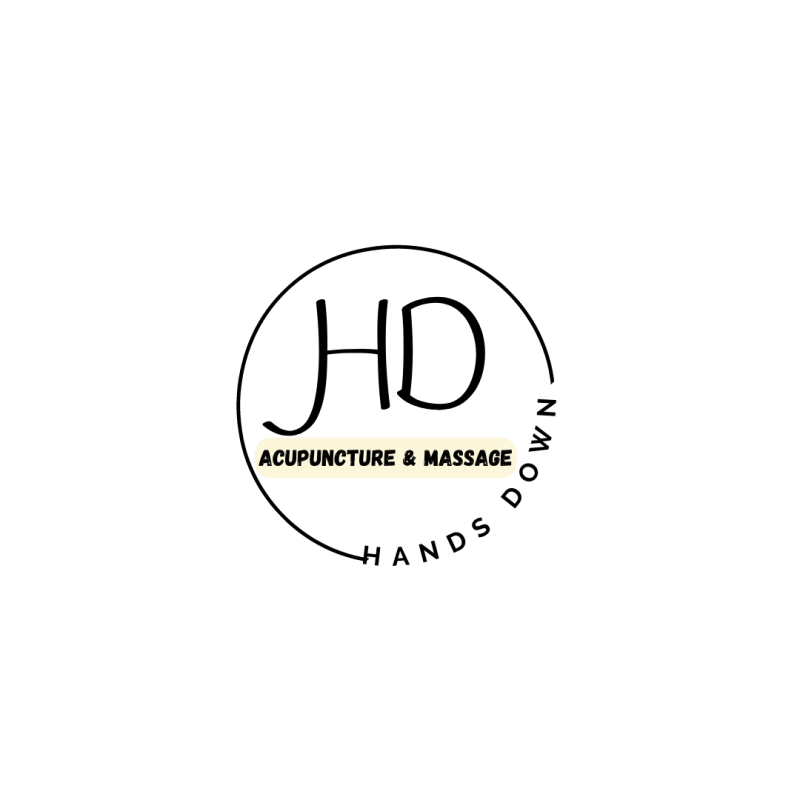
FAQ'S
► What is Acupuncture?
Acupuncture is a form of traditional, holistic medicine. It is one of the pillars of Traditional Chinese Medicine, which also includes moxibustion, Chinese herbal medicines, Massage (Tui Na), and Exercise (Qi Gong, Tai Chi, etc.) Acupuncture involves the insertion of very thin needles through the skin at strategic points on your body. A key component of traditional Chinese medicine, acupuncture is most commonly used to treat pain. Increasingly, it is being used for overall wellness, including stress management.
► How does Acupuncture work?
Traditional Chinese medicine explains acupuncture as a technique for balancing the flow of energy or life force — known as Qi (chee) — believed to flow through pathways (meridians) in your body. By inserting needles into specific points along these meridians, acupuncture practitioners believe that your energy flow will re-balance.
In contrast, many Western practitioners view the acupuncture points as places to stimulate nerves, muscles and connective tissue. Some believe that this stimulation boosts your body's natural painkillers.
► Is Acupuncture safe?
Acupuncture is generally safe for all ages. A study of 34,407 acupuncture treatments found only 43 minor adverse events (such as mild bleeding and bruising). There were 0 reported instances of adverse events (such as pneumothorax) reported. The top caution in acupuncuture is pregnancy. The fear is causing a possible miscarriage due to the strength of treatment. A well trained acupuncutist will avoid such adverse events.
► What should I expect during treatment?
The acupuncturist will get a detailed intake on your first visit including detailed questions, palpation of the meridians, as well as a tongue and pulse diagnosis. The first session is typically longer in order to gather all pertinent information. Subsequent sessions will be shorter because the questions and diagnosis have already been taken care of. During a session, very thin needles (some as thin as a hair) are inserted into predetermined acupuncture points, Insertion usually causes little to no discomfort. Some patients even report it feeling good. Needles are retained for about 15 to 25 minutes, (depending on what is necessary) then they are removed. If necessary, secondary modalities such as moxibustion, cupping, e-stim, or gua sha are utilized.
► How long is a session?
The 1st session, which includes a more detailed intake lasts between 75 and 90 minutes, whereas the follow-up visits last between 45 and 60 minutes.
► How many visits are necessary?
Many factors play a part in the LOT (Length of Treatment). Age, Severity, and Timing (Acute v. Chronic) are the biggest factors when the practitioner is determing LOT. Younger patients with less severe pain, with a short duration would be given a shorter LOT than would an older patient with severe and chronic issues. Generally speaking, 4 to 8 sessions are necessary. On the 4th session, a reevaluation of condition is performed to determine the efficacy of the current treatment. Another factor worth mentioning is the time between sessions. The closer treatments are, the better. Results are usually quicker, and longer lasting than treatments that are spaced week(s) apart. Traditionally, the Dr. would have the patients come in for treatment for 10 consecutive days, sometimes TWICE a day.